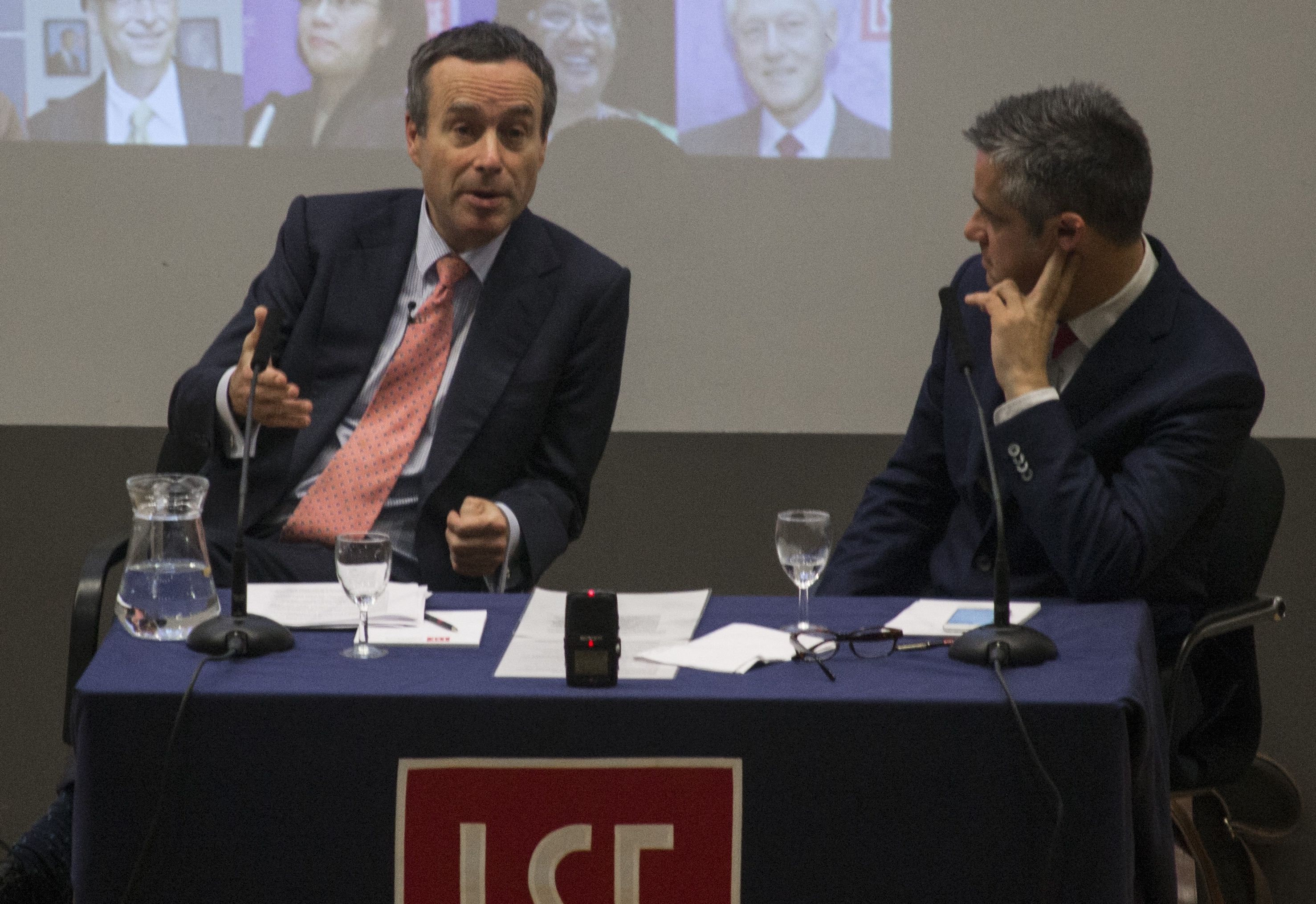Live blogging is one of those formats that have emerged in the last few years as Web 2.0 journalism has gone interactive, continuous and connected. But what impact is live blogging having on the newsroom and do they actually work? Do they create better journalism and do they attract audiences who pay attention? Polis has already done research on this, and now Swedish journalist Karin O’Mahony is at Polis for a month to research this topic and she would love to hear you views – you’re welcome to attend a seminar she’s holding, too, details below.

By Karin O’Mahony
Will live blogs change the way web journalism is produced? This is an interesting question that emerged during one of my interviews for a research project about live blogs that I’m currently doing here at Polis. But that’s not how it started – my interest in the subject of live blogging emerged more specifically from the informal tone in which live blogs are usually written. As you know, they often start with a simple “Good morning” or such and are usually, to some extent, carried on in a similar way throughout.
Perhaps this feeling of being part of an informal conversation rather than lectured by a superior is part of the explanation to why live blogs are popular among readers. As shown by Thurman/Walters (2012) in a case study of the Guardian’s live blogs, they tend to attract more readers than other articles our picture galleries on the same subject. (This is one of the very few studies I’ve found on the subject – should anyone know of anything else, don’t hesitate to email me mailto:O’Mahony.k@lse.ac.uk .)
I have been at LSE for one week (of four) and have done several interviews with journalists at the Guardian and Swedish newspaper Aftonbladet. Someone compared live blogs to broadcasting, but in text rather than audio or video. Certainly they do differ from regular news articles in many ways. They might resemble Twitter updates in their use of short time-stamped snippets of information, and it’s certainly not uncommon that Twitter updates are used in the blog by aggregation.
Also of interest is the way readers are or are not involved in a live blog, with comments “above the line” rather than under it. Their contributions may be welcome, and part of the informal, even “lovely”, conversation going on, as another interviewee put it. I find there are indications that live blogging is a way of tying tighter knots with readers, shaping a sense of loyalty towards the newspaper website as a place to dwell for a longer period of time – and thus perhaps generating more revenues.
Other aspects are verifying of sources in real time and live blogs vs the social media – which brings us back to the future of live blogging. Recently, some news agencies have looked into the format and are launching live blog services to be used by their clients. How this is going to affect the format is yet to be found out. It should be noted that news agencies are well used to report in real time – but can they mange the more informal tone and other aspects of the live blog?
Any other aspects of the live blog that you think I’ve missed out on? Do not hesitate to contact me at k.O’Mahony@lse.ac.uk.
Here are details of the research seminar:
Karin’s stay at Polis is funded by the Swedish Journalistfonden






Hi Karin,
I did a Masters at LSE a few years ago, and my dissertation explored some topics related to your research. “The Journalistic Identities of Liveblogging, A Case Study: Reporting the 2009 Post-Election Protests in Iran,” is available here (pdf), or via this link.
I look forward to the results of your research.
Hi David,
Thanks for the link – I’ll check it out!